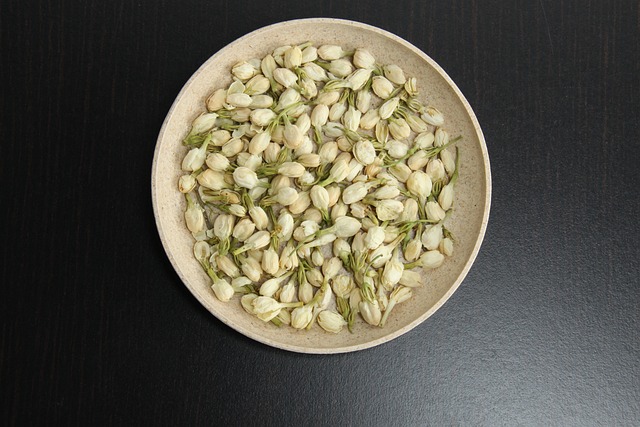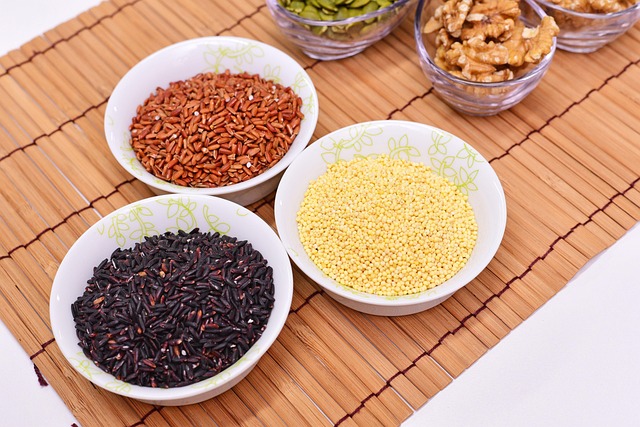
- MKSRK
- April 5, 2025
- No Comments
Millets, the humble grains once overshadowed by mainstream cereals like wheat and rice, are making a resounding comeback on the global stage. Their reputation as climate-resilient, nutrient-rich, and gluten-free grains has sparked international demand — turning these traditional crops into a profitable export commodity for farmers, traders, and agri-entrepreneurs.
Whether you’re a new agribusiness entrepreneur, a seasoned exporter, or just curious about the millet boom, this ultimate guide to exporting millets will walk you through everything you need to know — from their health and environmental benefits to the global market trends, top importing countries, regulatory requirements, and how you can enter and thrive in this rapidly growing market.
1. What Are Millets?
Millets are small-seeded grasses that grow mainly in semi-arid regions. These ancient grains have been cultivated for over 7,000 years and are known for their hardiness, low water needs, and short growing season.
The most commonly cultivated millets include:
-
Pearl Millet (Bajra)
-
Finger Millet (Ragi)
-
Foxtail Millet
-
Little Millet
-
Proso Millet
-
Barnyard Millet
-
Kodo Millet
Each variety has unique nutritional and culinary properties, making millets versatile and adaptable across global cuisines.
2. Why Is Global Demand for Millets Increasing?
The surge in millet demand can be attributed to multiple global trends:
-
Health consciousness: With more people embracing plant-based, gluten-free, and low-glycemic diets, millets are gaining attention as a superfood.
-
Climate change adaptation: Millets require less water, minimal fertilizers, and grow well in poor soils, making them ideal in an era of unpredictable weather.
-
Diversified diets: From Africa to Europe and North America, chefs and consumers are looking for alternative grains to create new culinary experiences.
-
Government initiatives: The United Nations declared 2023 as the International Year of Millets, pushing the grain into global limelight and driving institutional support for its cultivation and export.
3. Nutritional and Health Benefits of Millets
Millets aren’t just trendy — they’re nutritional powerhouses. Here’s why health-conscious consumers are turning to them:
-
Rich in fiber – Helps in digestion and weight management.
-
Low glycemic index – Ideal for managing blood sugar levels.
-
High in essential nutrients – Packed with iron, calcium, magnesium, B-vitamins, and antioxidants.
-
Naturally gluten-free – A great alternative for those with celiac disease or gluten sensitivity.
These health benefits are driving increased demand from organic food stores, health brands, and diet-focused consumers globally.
4. Top Exporting Countries of Millets
While millets are grown in various regions, India stands as the largest producer and exporter of millets globally, followed by countries like:
-
Nigeria
-
China
-
Mali
-
Russia
-
Ukraine
India alone accounts for over 40% of global millet production and is leading the way in export policies and millet-based innovations.
5. Major Importing Countries and Their Needs
Some of the biggest importers of millets include:
-
United States
-
Germany
-
Netherlands
-
UAE
-
Saudi Arabia
-
Japan
-
Australia
These countries import millets for different uses:
-
As whole grains for cooking
-
In processed foods like snacks, cereals, and flours
-
For animal feed and bird seed mixtures
Understanding the needs of your target market helps you customize your offerings and comply with their standards.
6. Forms of Millet Export
Exporters can tap into multiple millet product categories:
-
Raw grains (cleaned and packed)
-
Flours and powders
-
Ready-to-eat or ready-to-cook products (instant mixes, health bars, puffed millets)
-
Beverages (millet-based milk or health drinks)
-
Animal and bird feed
Value addition — such as turning millets into flours or snacks — often yields higher profit margins and creates a stronger brand identity.
7. How to Start Exporting Millets: Step-by-Step Process
Here’s how to set up a successful millet export business:
Step 1: Market Research
Identify target countries, analyze demand, competition, pricing, and legal requirements.
Step 2: Get Registered
-
Obtain an Import Export Code (IEC) in India or equivalent in your country.
-
Register your business with local and export authorities.
Step 3: Quality and Certification
-
Comply with food safety standards like FSSAI, HACCP, ISO, USDA Organic, or EU Organic.
-
Ensure your millets are free from contaminants, well packaged, and traceable.
Step 4: Find Buyers
Use platforms like:
-
B2B Portals (Alibaba, IndiaMART, TradeIndia)
-
Export Promotion Councils
-
Trade fairs and food expos
-
Social media and personal networking
Step 5: Logistics and Shipping
-
Partner with reliable freight forwarders.
-
Choose suitable packaging and labeling based on importing country norms.
-
Arrange customs clearance and shipping documentation (Invoice, Bill of Lading, Certificate of Origin, etc.).
8. Export Documentation and Compliance
Exporting agricultural products requires meticulous documentation. Here are key documents:
-
Proforma Invoice
-
Commercial Invoice
-
Packing List
-
Bill of Lading / Airway Bill
-
Certificate of Origin
-
Phytosanitary Certificate
-
Fumigation Certificate
-
Insurance Certificate
-
Customs Declaration
Stay updated with the regulatory requirements of each importing country, especially for organic and food-grade certifications.
9. Challenges in Millet Exporting (And How to Overcome Them)
Like any global trade, millet exporting has hurdles:
-
Quality inconsistency – Ensure proper sourcing and processing.
-
Limited awareness among farmers – Partner with agriculture cooperatives or NGOs.
-
Lack of branding – Create a strong export-oriented millet brand.
-
Logistics and perishability – Invest in proper storage, handling, and supply chain systems.
-
Trade barriers – Stay informed on tariffs, quotas, or regulatory changes in key markets.
Overcoming these challenges requires strategic planning, partnerships, and quality assurance.
10. Future Opportunities in the Millet Export Business
The millet revolution is still gaining momentum, and early movers can benefit significantly. Here’s where future potential lies:
-
Ready-to-eat millet snacks and cereals
-
Gluten-free millet baking flours
-
Organic and fair-trade millet exports
-
Private labeling for international wellness brands
-
Innovative millet-based beverages
As awareness grows, premium millet-based products will command higher prices globally, especially in wellness, fitness, and vegan markets.
Conclusion: Is Millet Exporting Worth It?
Absolutely! The combination of global health trends, climate concerns, and food diversity is catapulting millets into mainstream demand. With the right approach — quality products, certifications, strategic markets, and branding — millets can become a highly profitable export commodity.
Whether you are a farmer collective, food startup, or export company, now is the best time to ride the millet wave. With support from governments and growing consumer awareness, millets are no longer a poor man’s grain — they are becoming the future of sustainable food.
So gear up, do your research, ensure compliance, and start exporting. The world is ready for millets — are you?








